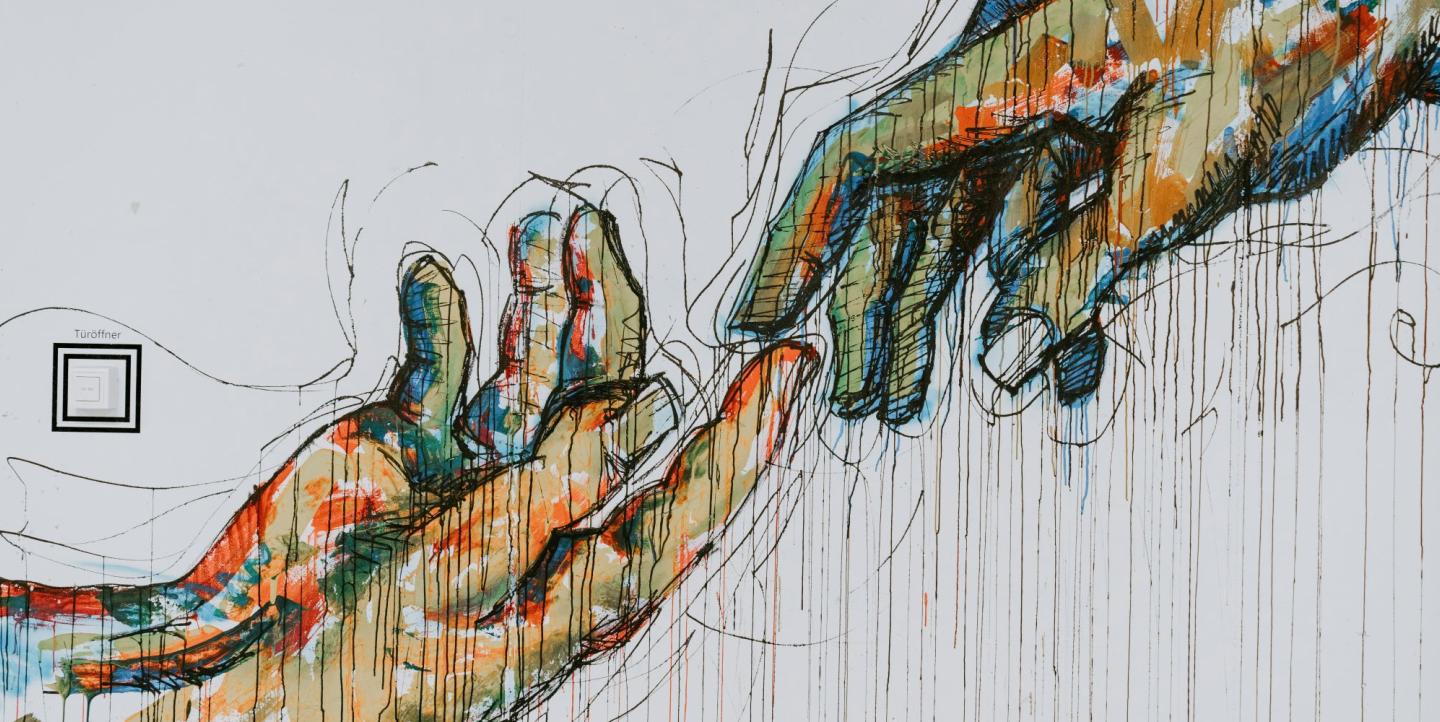As newsrooms navigate financial pressures and shifts in ownership, many journalists have turned to mutual aid to support one another.
Mutual aid is the practice in which people come together to assist communities whose needs aren’t being met, often due to a lack of systemic support. It is not charity, but instead follows a framework in which people give what they can and receive what they need.
For journalists, it offers the potential to better offer immediate support to each other in times of crisis, improve how they approach collaboration, and center the communities they cover.
I spoke to Tuck Woodstock, a Brooklyn-based journalist, creator of the podcast “Gender Reveal” and co-founder of Sylveon Consulting; Katherine Kokal, a Palm Beach Post education reporter and founder of a community aid network that supports journalists who have been laid off, and Emily Elena Dugdale, a Los Angeles-based journalist and coordinator for this same community aid network, for guidance on how reporters can incorporate mutual aid into their work.
Here’s what they shared:
Center the community
Centering the community’s needs lies at the core of mutual aid. Whether you’re building a support network or developing a program at your news organization to work directly with the communities you cover, it’s important to reach out and survey community members to learn their needs.
“What [journalists] would need to do is talk to the people in those communities and figure out what they need, what support systems already exist, and where you can help,” Woodstock said.
Kokal surveyed some of the 400 journalists Gannett laid off in 2022 when she started her community aid network. Among the responses she received were requests for financial aid, help with job searching, and emotional support.
Hundreds of people reached out to Kokal wanting to help, and she divided volunteers into committees based on the types of assistance the laid-off reporters requested. Over six months, the financial committee collected $10,000 in donations which they distributed to those with immediate financial needs.
“We, through the power of social media and community aid, showed people that [being laid off] is not something to be ashamed of and that we are a community that supports each other,” said Kokal.
Incorporate mutual aid practices into your framework
When building mutual aid practices into the framework of your project, incorporate the community in your work, either editorially or on the business side.
Woodstock’s consulting company, for example, donates 5% of its proceeds to transgender people in need, given its focus on transgender issues and stories. “It just seems disrespectful to ask for my community to respect and care about the work that I’m doing if I’m not respecting and caring [about] the work they’re doing, too,” he said.
On the editorial side, some news organizations have created programs to work directly with their audiences to ensure they are covering the issues they care about.
City Bureau, a Chicago-based journalism lab, created the Public Newsroom, a series of free workshops hosted by community members to learn about local issues and promote dialogue. Outlier Media, a nonprofit newsroom in Detroit, analyzes public data and surveys locals to understand their information needs.
Rethink the system
Mutual aid may not make sense for every news organization – especially ones that have a vertical, and not horizontal, structure.
“Embracing the concept of mutual aid within journalism requires a radical rethinking of what journalism is and who it serves,” said Woodstock.
For news organizations with a hierarchical power structure, mutual aid may work against the system itself. Trying to force it will end up in a watered-down version that goes against its core principles, said Woodstock. Mutual aid also may be unsuitable for news organizations that consider offering resources as an unethical conflict of interest.
If mutual aid doesn’t fit into your organization, think of ways it may be more suitable for a personal project outside of your workplace, such as a podcast.
For example, Woodstock utilizes the donations and Patreon income that Gender Reveal receives to give back to transgender individuals through a mutual aid fund and by offering grants. Last year, he was able to give a total of $12,100 to grant recipients, distribute $12,700 worth of snacks on Transgender Day of Visibility, and provide $25,100 in general mutual aid.
"It is a privilege to have [the] small platform we [have], and I would just be uncomfortable if I wasn't using it to support people who needed it more than I do," said Woodstock.
Use lessons from mutual aid in your journalism work
Newsgathering can often be transactional: journalists may extract information from their sources without facilitating a connection beyond that, said Dugdale. Learning about mutual aid practices can help journalists evaluate ways to approach their work more empathetically and collaboratively.
“I think the mutual aid model, when you’re talking about our actual work, could be about treating people more holistically as a source, but also like a person who deserves news and information,” said Dugdale.
Although journalists may not be able to give money to sources during a crisis due to conflicts of interest, Kokal encourages them to continue sharing their sources’ stories and leaning on community connections to get them the help they might need.
“I don’t think we [journalists] should shy away when people reach out and want to help our sources,” said Kokal. “I think we should connect them and help facilitate that relationship so they can ask for what they need and get it.”
Photo by Claudio Schwarz on Unsplash.


